Did you know that nearly one in three organizations face costly downtime due to gaps in IT support? A reliable IT support framework is no longer a luxury as even a minor disruption can slow productivity and impact your bottom line. By understanding how to assess your systems and structure your support processes, you set a solid foundation for resilience and long-term growth.
Step 1: Assess Existing IT Infrastructure and Needs
You are about to map out your organization’s technological landscape a critical first step in creating efficient IT operations. This assessment will help you understand exactly what systems you have and identify potential gaps or improvement opportunities.

Start by conducting a comprehensive inventory of all your current IT assets. According to research from Invensis Learning, your inventory should cover hardware, software, network infrastructure, security systems, and cloud resources. Walk through each department and document every technological component you discover.
Create a detailed spreadsheet tracking key information for each asset. Include specifics like:
Here’s a summary of recommended IT asset inventory fields:
| Asset Detail | Description | Example |
|---|---|---|
| Model & Serial Number | Unique identifier and model info | Dell XPS 13 SN: 123ABC |
| Purchase Date | Original acquisition date | 10/15/2020 |
| Performance Metrics | Current specs or health indicators | CPU usage Disk space |
| Maintenance History | Service/repair records | Replaced HDD 6/2022 |
| Software Version | Installed software and versions | Windows 11 v22H2 |
| Network Details | Connectivity type and IP address | Wi-Fi 192.168.1.24 |
- Equipment model and serial numbers
- Purchase dates
- Current performance metrics
- Maintenance history
- Software versions
- Network connectivity details
As you compile this data, perform a health check scoring system. Research from Educause recommends evaluating each asset’s usefulness, reliability, and potential obsolescence. Assign numerical scores that help you objectively assess each technology’s current state and future potential.
Pro Tip: Be thorough but realistic. Not every piece of technology needs immediate replacement just because it is not cutting edge.
Once your inventory is complete, analyze the collected information to identify potential risks, performance bottlenecks, and areas needing investment. This systematic approach will provide a clear roadmap for strategic IT improvements that align with your business objectives.
In the next step, you will use this assessment to develop a targeted technology upgrade strategy that optimizes your IT infrastructure’s effectiveness and efficiency.
Step 2: Define IT Support Roles and Responsibilities
Now that you have a comprehensive understanding of your IT infrastructure, it is time to build a robust support team that can effectively manage and maintain your technological ecosystem. Defining clear roles and responsibilities ensures smooth operations and quick problem resolution.
According to Invgate, IT support teams typically include several key positions that work together to provide comprehensive technological assistance. You will want to establish roles like service desk analysts, IT technicians, technical support specialists, systems support engineers, and support team leads.
Research from Invensis Learning suggests implementing a tiered support model to optimize efficiency. This approach breaks down support into strategic levels:
- First Level Support: Handle initial contacts and basic troubleshooting
- Second Level Support: Analyze and resolve more complex technical issues
- Third Level Support: Provide expert resolution for highly technical challenges
Beyond these technical roles, consider additional strategic positions such as an Access Manager who controls system permissions and an IT Operations Manager responsible for overall service delivery and process optimization.
Pro Tip: When defining roles, focus on clear boundaries while maintaining flexibility. Each team member should know their primary responsibilities but also understand how to collaborate effectively.
Each role requires specific skills and responsibilities. Your service desk analysts will manage initial ticket logging and basic problem screening. Technical support specialists dig deeper into technical challenges. Systems support engineers focus on infrastructure maintenance and performance.
The key is creating a structured yet adaptable support framework that can quickly respond to technological challenges while maintaining systematic problem resolution. Your support team becomes the backbone of your IT operations a critical component in maintaining technological efficiency.
In the next step, you will develop communication protocols and escalation procedures that enable your support team to work seamlessly and address issues promptly.
Step 3: Implement IT Support Workflows and Tools
With your team roles defined, you are now ready to create a structured approach to managing IT support that transforms how your organization handles technological challenges. Implementing robust workflows and selecting the right tools will be critical to your success.
According to Atlassian, an effective support workflow requires a tiered approach with clear responsibilities and streamlined escalation processes. Each support tier should have well defined boundaries and specific responsibilities to ensure quick and efficient problem resolution.
Research from Apex Systems recommends adopting established IT service management frameworks like ITIL. These methodologies help you standardize workflows and reduce operational redundancies. Consider implementing process improvement strategies such as Lean or Six Sigma to continuously optimize your support mechanisms.
Key workflow elements include:
- Clearly documented incident response procedures
- Predefined escalation paths
- Standardized communication protocols
- Measurable performance indicators
Pro Tip: Select tools that integrate seamlessly with your existing infrastructure and provide real time tracking and reporting capabilities.
Consider implementing a comprehensive service management platform like Jira that allows automated ticket routing, real time status updates, and comprehensive performance tracking. Your chosen tools should enable your team to log, track, prioritize, and resolve issues efficiently.
Establish key performance indicators like average resolution time, first contact resolution rate, and customer satisfaction scores. These metrics will help you continuously refine your support processes and demonstrate the value of your IT support team.
In the next step, you will develop training programs that ensure your team can effectively utilize these new workflows and tools.
Step 4: Establish Monitoring and Escalation Protocols
With your workflows in place, the next critical step is creating a smart monitoring system that can quickly identify and respond to potential technological issues before they become major problems. You will design an intelligent alerting mechanism that keeps your IT infrastructure running smoothly.
According to research from Telco Solutions, effective monitoring requires sophisticated alert management strategies. This means developing a comprehensive approach that goes beyond simple notification systems.
Atlassian recommends creating a clear escalation framework where each support team understands precisely when and to whom they should escalate specific types of incidents. Your protocol should include:
- Defined severity levels for different types of technological issues
- Specific escalation paths for each severity tier
- Multi channel notification mechanisms
- Automatic alert correlation and grouping
Define precise criteria for each severity level. For instance:
- Low Priority: Minor issues that do not impact system performance
- Medium Priority: Performance degradation requiring investigation
- High Priority: Critical systems experiencing significant disruption
- Urgent Priority: Total system failure or security breach
Pro Tip: Implement alert acknowledgment and suppression mechanisms to prevent team burnout and reduce unnecessary notifications.
Utilize monitoring tools that provide intelligent alerting capabilities. These platforms can automatically route issues to the appropriate support team member based on predefined rules, reducing response time and improving overall incident management efficiency.
Establish clear communication channels and ensure every team member understands the escalation protocol. Regular training and documentation will be key to maintaining an effective monitoring system.
In the next step, you will develop a comprehensive training program that helps your team master these new monitoring and escalation protocols.
Step 5: Verify Service Quality and Optimize Processes
With your IT support infrastructure established, you now enter a critical phase of continuous improvement. This step focuses on systematically measuring and enhancing your service quality to ensure your IT support meets and exceeds organizational expectations.
Research from Apex Systems emphasizes the importance of continuous process improvement using established frameworks like Lean, Six Sigma, and Kanban. These methodologies will help you transform your IT support from a reactive function to a strategic operational asset.
According to the SERVQUAL model, service quality can be measured across multiple dimensions:
- Reliability: Consistent and dependable service delivery
- Responsiveness: Quick and efficient problem resolution
- Assurance: Technical competence and professional confidence
- Tangibles: Physical evidence of service quality
- Empathy: Personalized attention and understanding
Establish key performance indicators that align with these dimensions. Track metrics such as:
- Average ticket resolution time
- First contact resolution rate
- Customer satisfaction scores
- Mean time between system failures
Pro Tip: Implement regular feedback loops with internal stakeholders to capture qualitative insights that complement quantitative metrics.
Conduct periodic service quality assessments by comparing user expectations against actual service delivery. Use surveys, direct interviews, and performance data to identify improvement opportunities. Your goal is creating an adaptive IT support ecosystem that continuously evolves.
Consider creating a cross functional improvement team responsible for analyzing performance data, identifying bottlenecks, and recommending process enhancements.
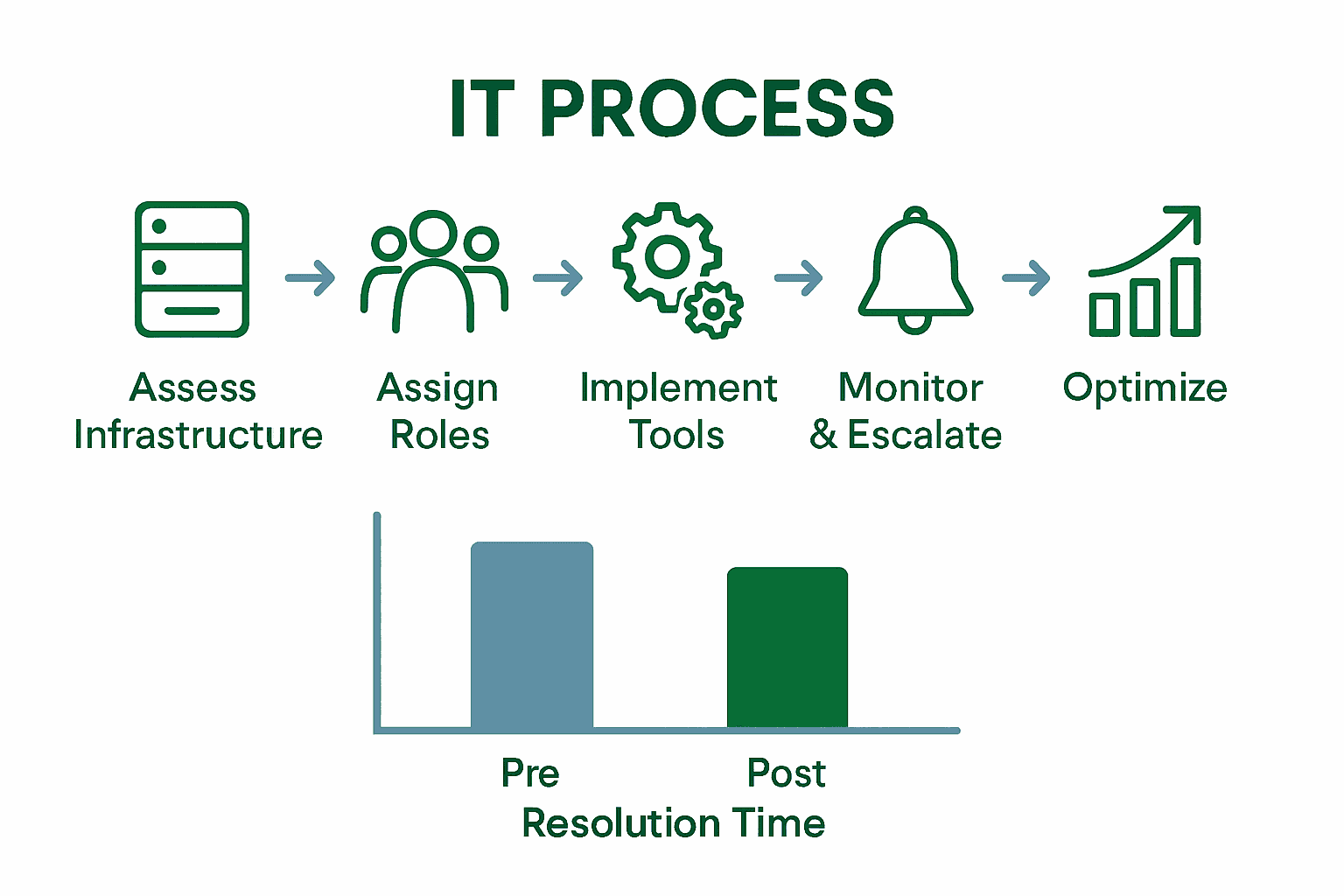 This approach ensures ongoing optimization and prevents performance stagnation.
This approach ensures ongoing optimization and prevents performance stagnation.
In the next step, you will develop a comprehensive documentation and knowledge management strategy that supports your continuous improvement initiatives.
Transform Your IT Support Into a Growth Advantage—With NineArchs
Are you struggling to keep IT support running smoothly while meeting growing operational demands? The article highlights how complex workflows, lack of clear responsibilities, and slow response times can prevent your team from delivering reliable and cost-effective IT services. If your current infrastructure leaves you feeling overwhelmed or uncertain about your ability to scale, you are not alone. Achieving true efficiency requires scalable solutions, structured support frameworks, and continuous improvement—all challenges that many organizations face daily.
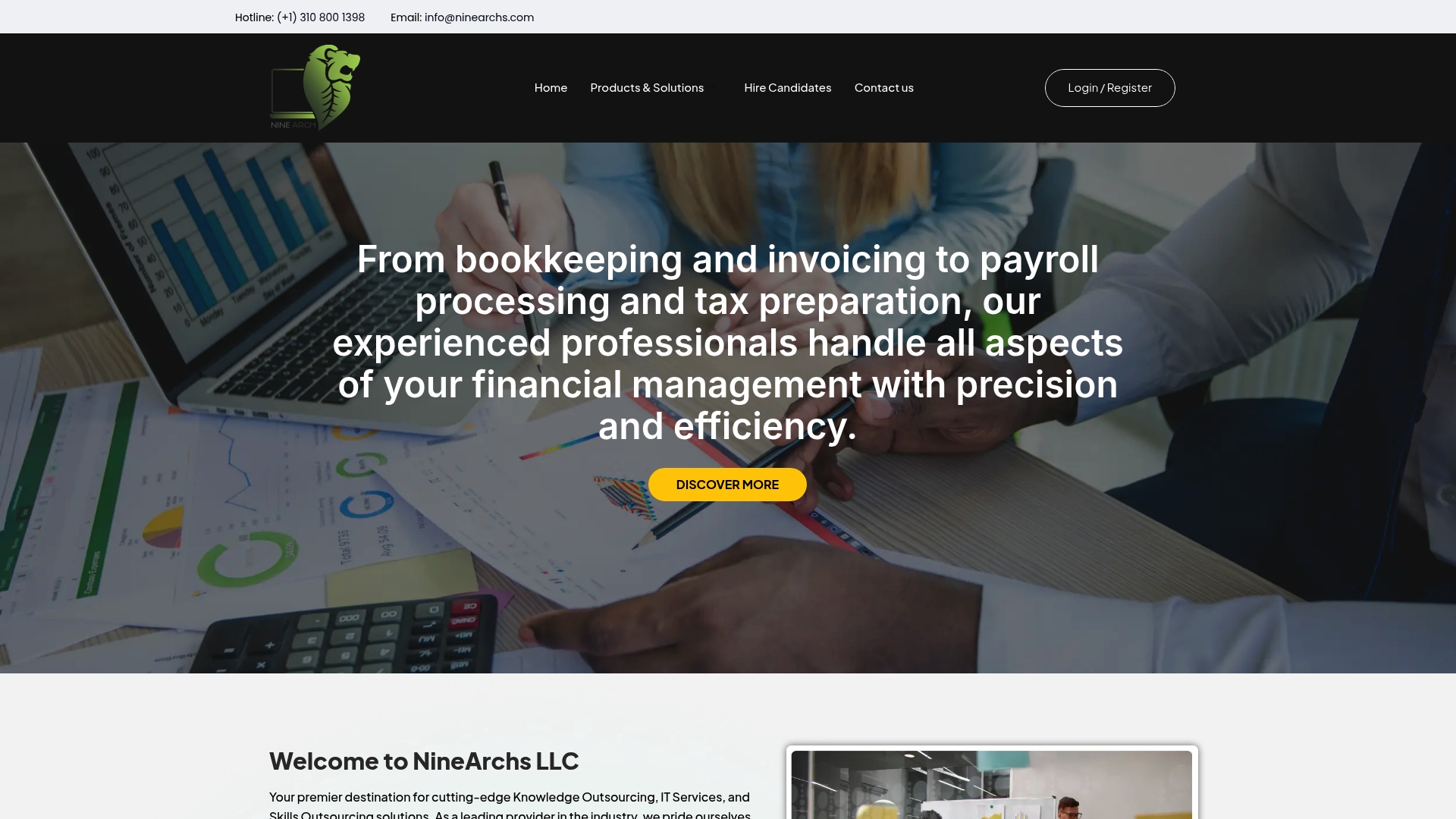
At NineArchs LLC, we specialize in solving these very problems. Our expertise in remote workforce solutions, strategic IT support, and business process outsourcing empowers you to gain streamlined service management, clear support roles, and agile incident response. Partnering with us means you can optimize your technology processes while keeping costs under control and focusing your resources on business growth. Unlock the advantage of professional, reliable, and future-ready IT support—contact NineArchs today and take your operations to the next level.
Frequently Asked Questions
How can I assess my current IT infrastructure for better support processes?
To assess your IT infrastructure, conduct a comprehensive inventory of all hardware, software, and network resources. Aim to document essential details like purchase dates and performance metrics within the next 30 days so you can identify improvement opportunities.
What roles should I define in my IT support team to enhance operations?
Define key roles such as service desk analysts, technical support specialists, and IT operations managers to create a robust IT support team. Establish distinct responsibilities for each role to ensure smooth operations and quicker resolution of issues.
What steps should I take to implement effective IT support workflows?
Implement IT support workflows by documenting incident response procedures, creating predefined escalation paths, and selecting measurable performance indicators. Start by outlining processes within the next 60 days to streamline how your team handles issues and increases efficiency.
How can I establish effective monitoring and escalation protocols for IT support?
Establish monitoring and escalation protocols by creating defined severity levels for incidents and specific escalation paths. Set up a notification system that automatically alerts the relevant personnel within your support team to ensure timely responses to critical issues.
What key performance indicators should I track to optimize IT support processes?
Track indicators such as average ticket resolution time, customer satisfaction scores, and first contact resolution rate to measure the effectiveness of your IT support. Regularly review these KPIs to identify areas for improvement and adapt your support processes accordingly.
How can I continuously improve my IT support service quality?
Continuously improve your IT support service quality by conducting periodic assessments and gathering feedback from internal stakeholders. Use this data to analyze performance and implement adjustments within a 90-day cycle to keep your IT support adaptable and efficient.
Recommended
- Understanding Why Business Owners Outsource for Growth | NineArchs
- Understanding What is Outsourced IT for Businesses | NineArchs
- Understanding IT Outsourcing Trends in 2025 | NineArchs
- IT Support | NineArchs
- Just in Time Delivery: Essential Guide for 2025 Success – ORNER
- Healthcare Operational Efficiency Strategies for 2025 Success
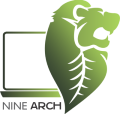
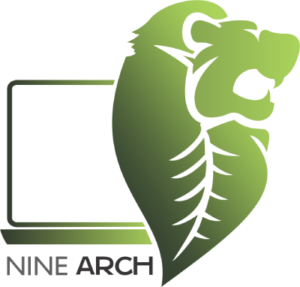
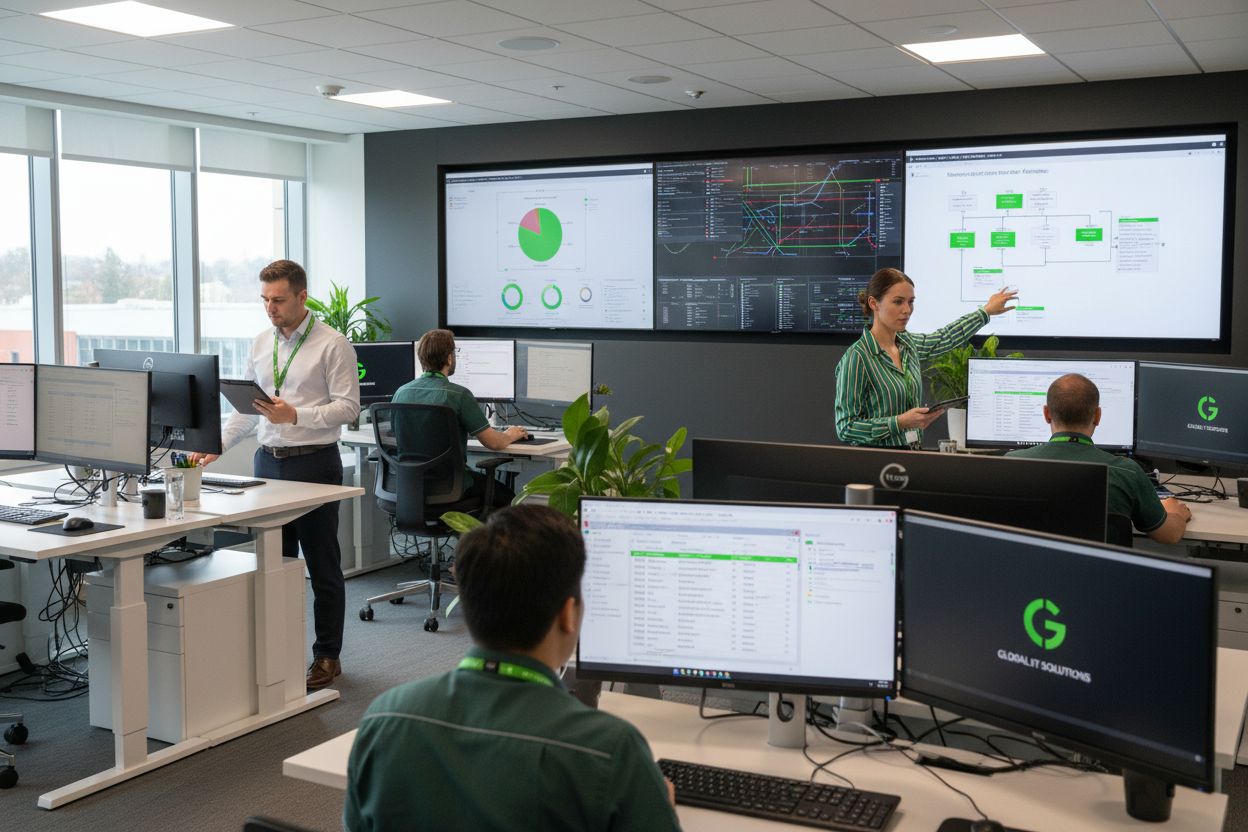






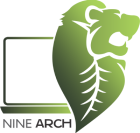
[…] Mastering IT Support Processes for Efficient Operations | NineArchs […]
[…] Mastering IT Support Processes for Efficient Operations | NineArchs […]
[…] Mastering IT Support Processes for Efficient Operations | NineArchs […]
[…] Read more about our approach to efficient IT support processes, where we dive deeper into creating robust, adaptable support strategies that drive business growth and operational excellence. […]
[…] Mastering IT Support Processes for Efficient Operations can provide additional guidance on developing robust evaluation frameworks. […]